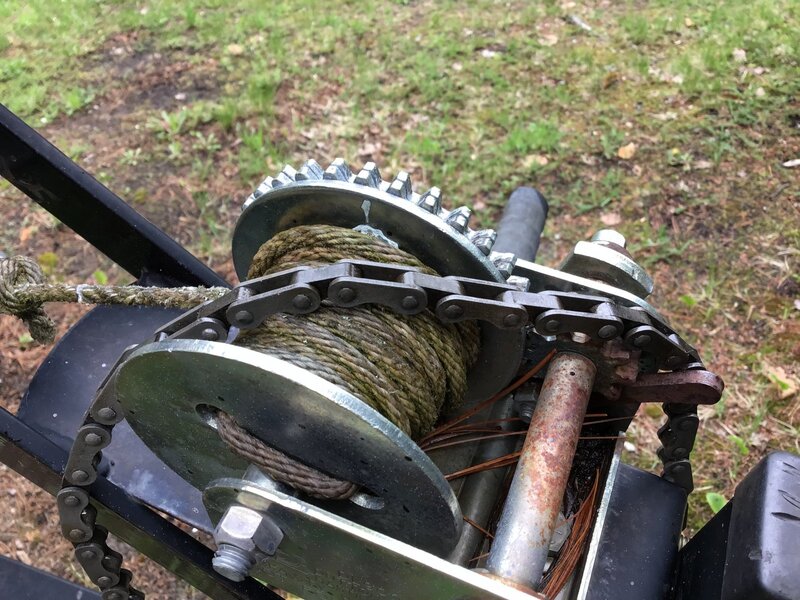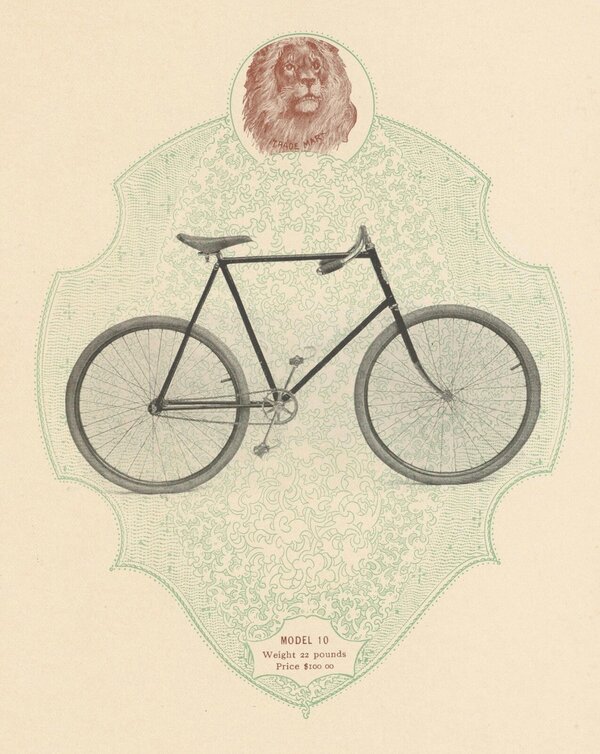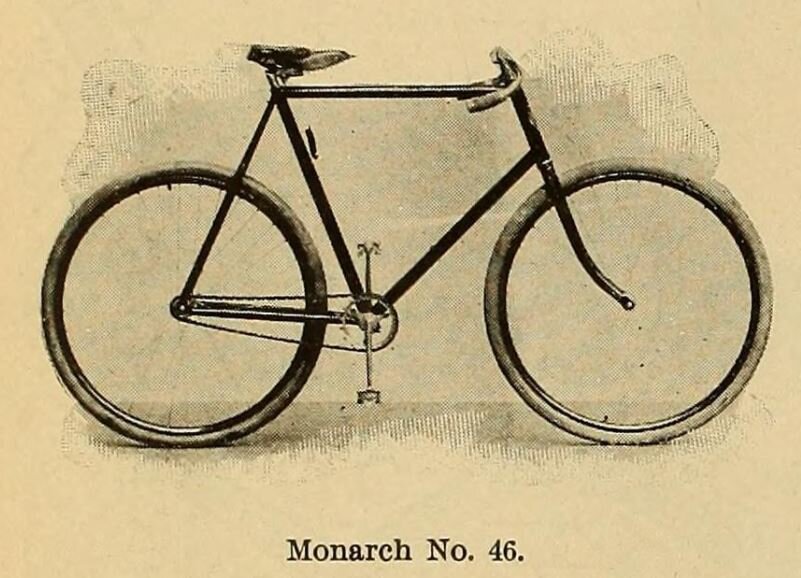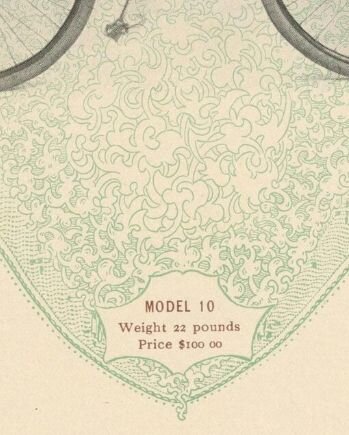Nabeaquam
BoTM Winner
There are a lot of variation on this theme but the common thing is that they are hard to get apart. Here is how I got mine apart.
The crank arm compression bolt with the scredriver slot was still rust frozen stuck after a two week submersion in penetrant. I used a filed and ground down drag link extractor that was carefully tightly fitted to the bolt slot and used an impact wrench to remove it.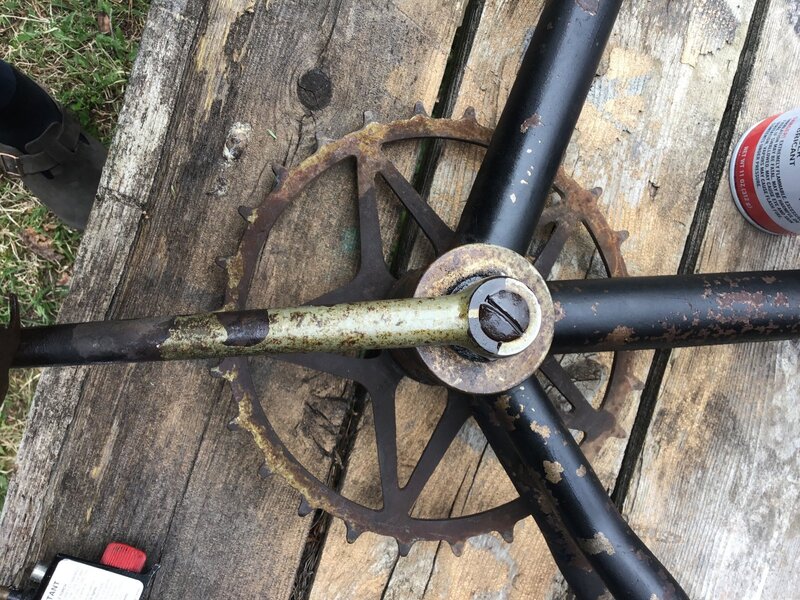
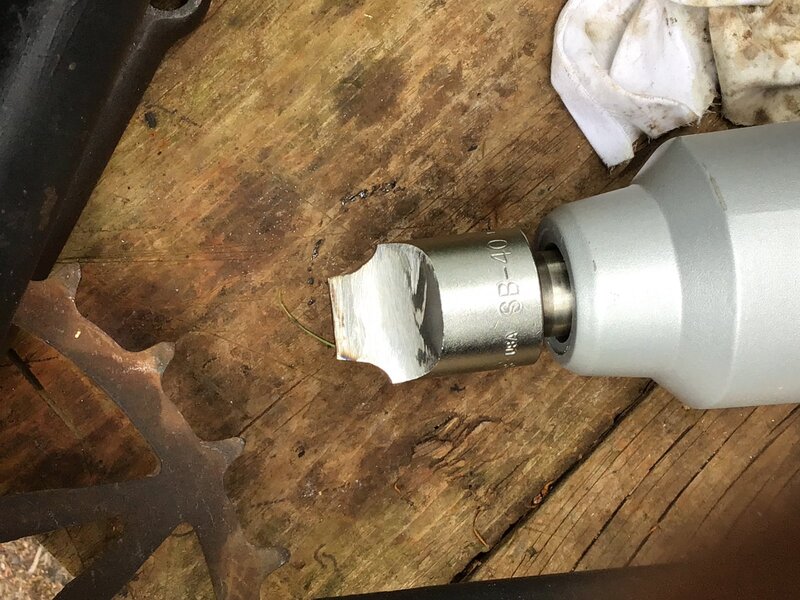
The crank arm is pressed on to the spindle and gear puller legs would’t fit under the crank arm as the space is very tight. Heat and a pickle fork and pry bars wouldn’t budge it. I used a small bearing splitter and two legged puller with extreme tension applied by using a 2 foot wrench extension. While as much tension as I could apply without destroying the tool was applied I heated the head of the crank yellow hot heat from my MAPP torch. It suddenly popped off. You can only use one retaining bolt on the splitter as the crank arm is in the way. I used a big clamp to keep the spreader in place. My vice grips don’t open wide enough but vice grips would be less cumbersome than a giant clamp.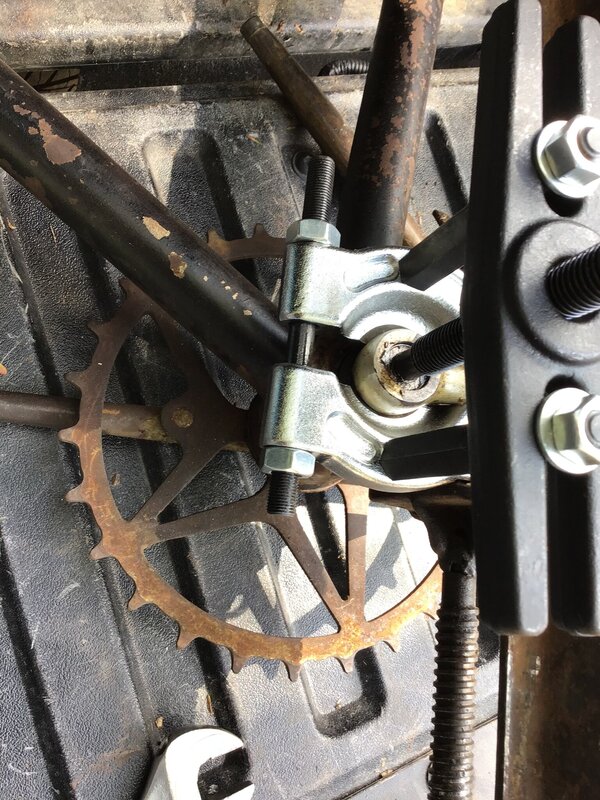
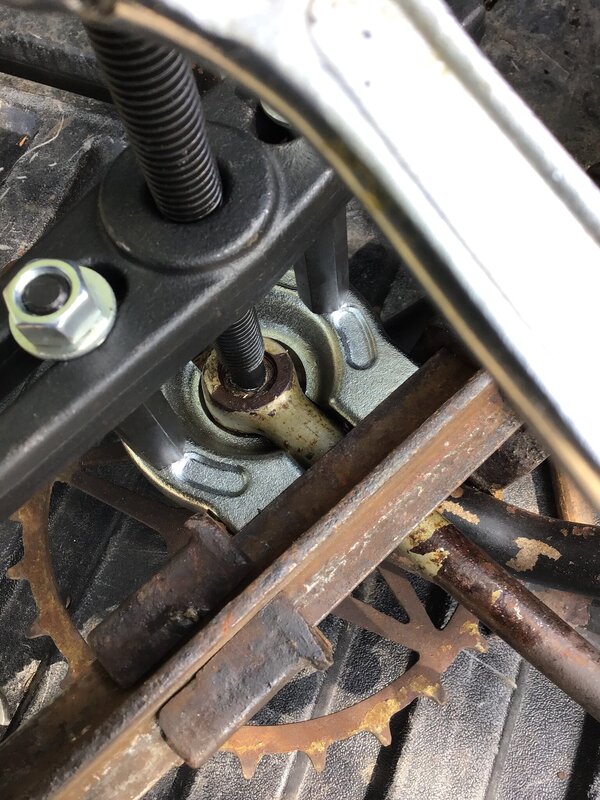
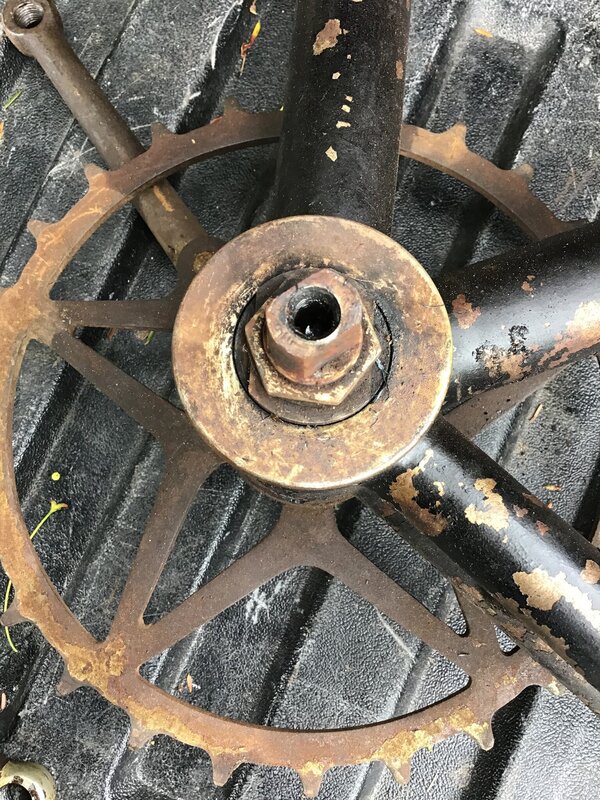
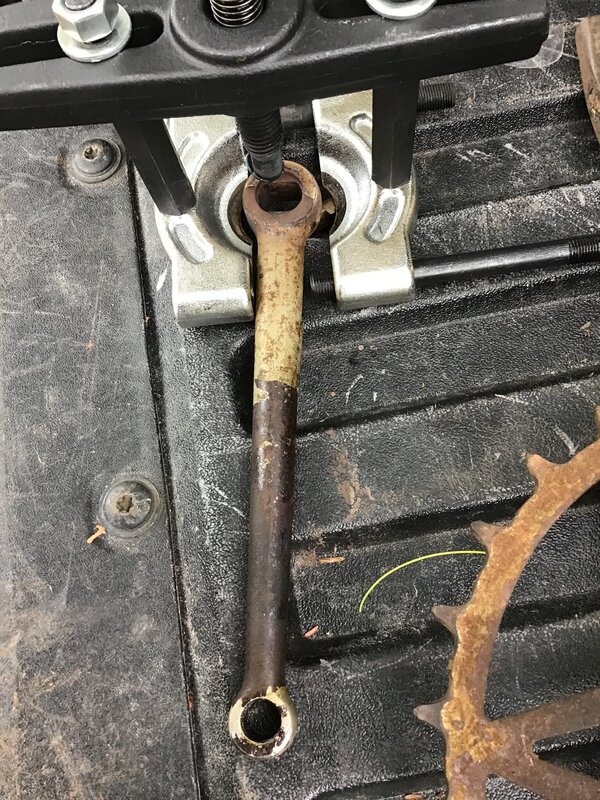
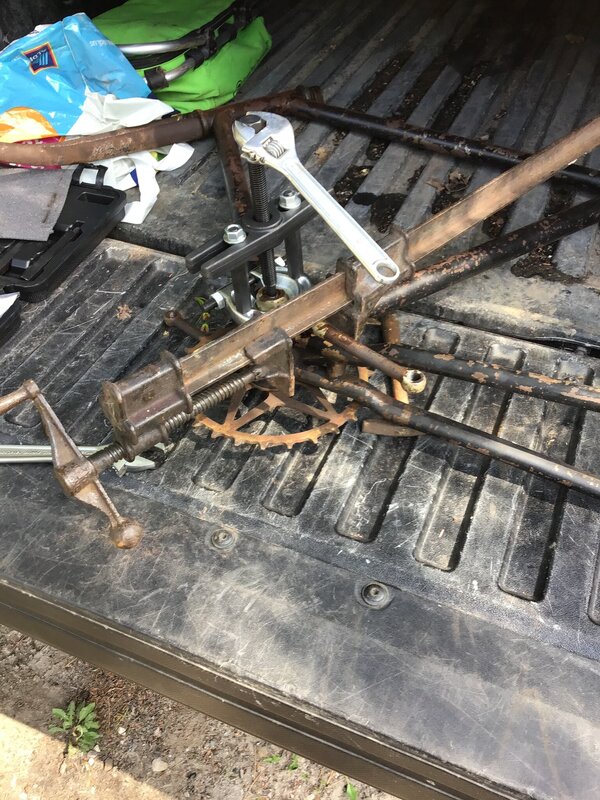
The crank arm compression bolt with the scredriver slot was still rust frozen stuck after a two week submersion in penetrant. I used a filed and ground down drag link extractor that was carefully tightly fitted to the bolt slot and used an impact wrench to remove it.


The crank arm is pressed on to the spindle and gear puller legs would’t fit under the crank arm as the space is very tight. Heat and a pickle fork and pry bars wouldn’t budge it. I used a small bearing splitter and two legged puller with extreme tension applied by using a 2 foot wrench extension. While as much tension as I could apply without destroying the tool was applied I heated the head of the crank yellow hot heat from my MAPP torch. It suddenly popped off. You can only use one retaining bolt on the splitter as the crank arm is in the way. I used a big clamp to keep the spreader in place. My vice grips don’t open wide enough but vice grips would be less cumbersome than a giant clamp.





Last edited:
